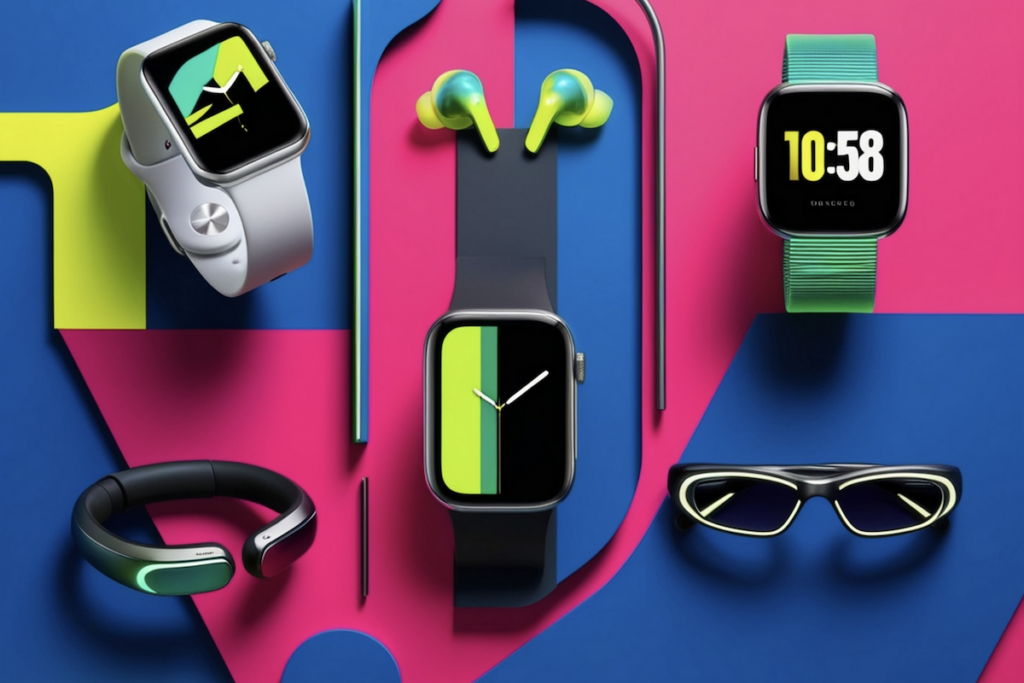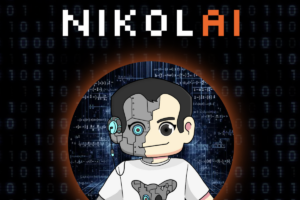Since the pandemic, everyone has led a mixed life, which combines activities that take place in the real world with those that take place online. People have grown acclimated to the digitization of daily routines, whether it is working over virtual conference platforms or shopping from online stores for doorstep delivery. And as far as we can see, there is no turning back. After this, virtual goods and services will continue to rank highly among the priorities of both consumers and businesses.
Technologies such as virtual reality (VR), augmented reality (AR), and mixed reality (MR), which combine to bring about extended reality (XR) have created these possibilities. Right now, these technologies are rapidly evolving to the point that they are almost essential for organizations and customers who want to improve their digital experiences.
How XR Affects the Metaverse
The potential of XR is triggering speculations about a wide variety of possibilities that were previously inconceivable to exist within the rapidly developing metaverse. One of these speculations is that by the year 2030, we will invest more time in the Metaverse than in the actual world. For instance, Facebook has just rebranded itself as Meta and promised to invest $10 billion in the development of metaverse technology. Activision Blizzard is one of the most well-known developers of famous multiplayer online games, and Microsoft has just announced a plan to purchase the company for a record-breaking $69 billion.
There are different aspects in which the application of the metaverse can affect day-to-day activities. We will discuss some of them.
Various Areas Metaverse + XR Can Affect
Training: Especially in life-or-death situations, XR can offer hyper-realistic training tools that will assist soldiers, medical professionals, pilots/astronauts, chemists, and others in finding solutions to problems or learning how to react to hazardous situations without endangering their own or anyone else’s lives. In the next decade, increasing higher education and career opportunities may be delivered in virtual 3D settings.
Remote Function: Employees can connect to their home workplace or with experts around the globe in a way that simulates being in the same room. You will probably find yourself immersed with interfaces that enable new gateways and a new domain of seamless virtual connectivity to other people, locations, and work situations. With the help of the metaverse’s technological advancements, people will soon be able to submit employment applications, earn a living, get together with friends, go shopping, and even get married.
Marketing: The potential for XR to engage with consumers and potential customers will have marketing professionals considering all the ways they may use XR to benefit their business.
Real estate: If people can “walk through” areas to decide if they want it even when they are in another location, finding purchasers or tenants may be easier.
Entertainment: The sector will continue to develop new applications for immersive technologies as an early adopter. We should be able to look forward to the development of brain-computer interfaces (BCIs), which will make it possible to monitor, record, and share the human mind. These XR features might even make it possible for us to live through the events and relive the memories of another person’s life.
Conclusion
The sector is currently at a turning point as a result of the rapid technological development and convergence that is transporting us into new virtual worlds. As a result of more companies becoming aware of the wide universe of new potential, we are witnessing a meteoric rise in both investment and technological progress. When it comes to the exchange of information, the provision of services and the coordination of efforts on a scale never seen before, governments and corporations will rely on the influence and range of the metaverse.
Author
-

Metaverse architect, exploring the profound imprints of NFTs on virtual world-building.




